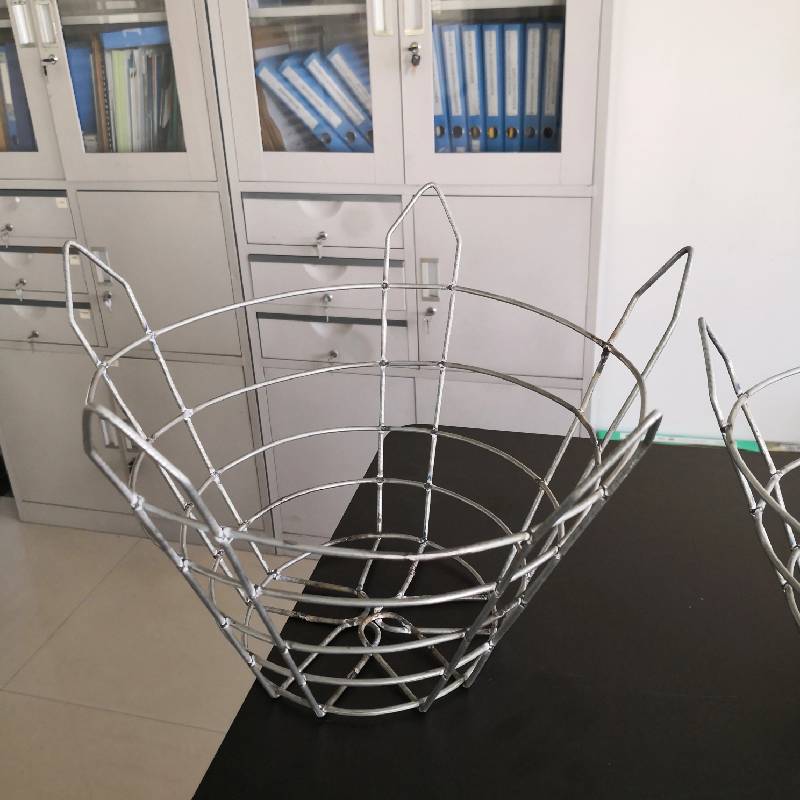
- Mobile Phone
- +8613931874955
- sales@cntcmetal.com
Design and Applications of Helical Compression Springs in Mechanical Engineering Systems
Understanding Helical Compression Springs
Helical compression springs are essential components used in various mechanical applications, recognized for their ability to store and release energy efficiently. Unlike other types of springs, helical compression springs are designed to compress when a load is applied and return to their original shape when the load is removed. This unique property makes them invaluable in countless industries, including automotive, aerospace, electronics, and home appliances.
The design of a helical compression spring consists of a wire coiled into a spiral shape. The wire diameter, the number of active coils, and the coil diameter are critical factors that influence the spring's performance characteristics. Generally, the thicker the wire and the closer the coils, the greater the force the spring can withstand before deforming. This design flexibility allows engineers to tailor springs to specific applications and load requirements.
The material used for helical compression springs is equally significant
. Common materials include high-carbon steel, stainless steel, and alloys, each offering different mechanical properties. For example, high-carbon steel springs are popular due to their high strength and excellent fatigue resistance, making them suitable for high-stress applications. On the other hand, stainless steel springs provide corrosion resistance, making them ideal for environments where moisture or chemicals are present.helical compression spring

In addition to their mechanical properties, manufacturing techniques have evolved, allowing for more precise and durable springs. Advanced methods such as computer numerical control (CNC) have enhanced the ability to create custom springs with precise dimensions and tolerances. The manufacturing process may also involve heat treatment to improve the spring's durability and fatigue life.
Applications of helical compression springs are vast. In the automotive industry, they are found in suspensions, engines, and even seats, where they absorb shocks and vibrations. In electronics, they play a crucial role in switches and connectors, ensuring reliable performance under varying conditions. Home appliances, from washing machines to lawnmowers, also utilize these springs to enhance functionality and durability.
One of the primary advantages of helical compression springs is their ability to operate efficiently under a wide range of loads. They can accommodate small to large deflections and deliver a controlled response in various conditions, making them perfect for dynamic applications. Moreover, their simple design contributes to ease of integration into numerous systems, minimizing the complexity of assembling machines or devices.
In conclusion, helical compression springs are integral to modern engineering and manufacturing. Their versatility, coupled with advancements in material science and manufacturing techniques, ensures that they will remain a cornerstone of mechanical design. As technology continues to progress, the applications and efficiencies of helical compression springs are likely to expand, further solidifying their role in innovative designs across multiple industries.
share:
-
Your Source for Concrete Wall Ties and Masonry AccessoriesNewsJul.10,2025
-
Unlocking the Power of Iron Wire for Every ProjectNewsJul.10,2025
-
Explore Advanced Chain Wire and Stainless Steel Mesh FencingNewsJul.10,2025
-
Discover the Benefits of Annealed Wire ProductsNewsJul.10,2025
-
Discover China Stainless Steel Wire Mesh SolutionsNewsJul.10,2025
-
Build with Confidence Using High-Performance Masonry AccessoriesNewsJul.10,2025
-
Why Sacrificial Formwork Is Redefining Underground ConstructionNewsJun.06,2025



















